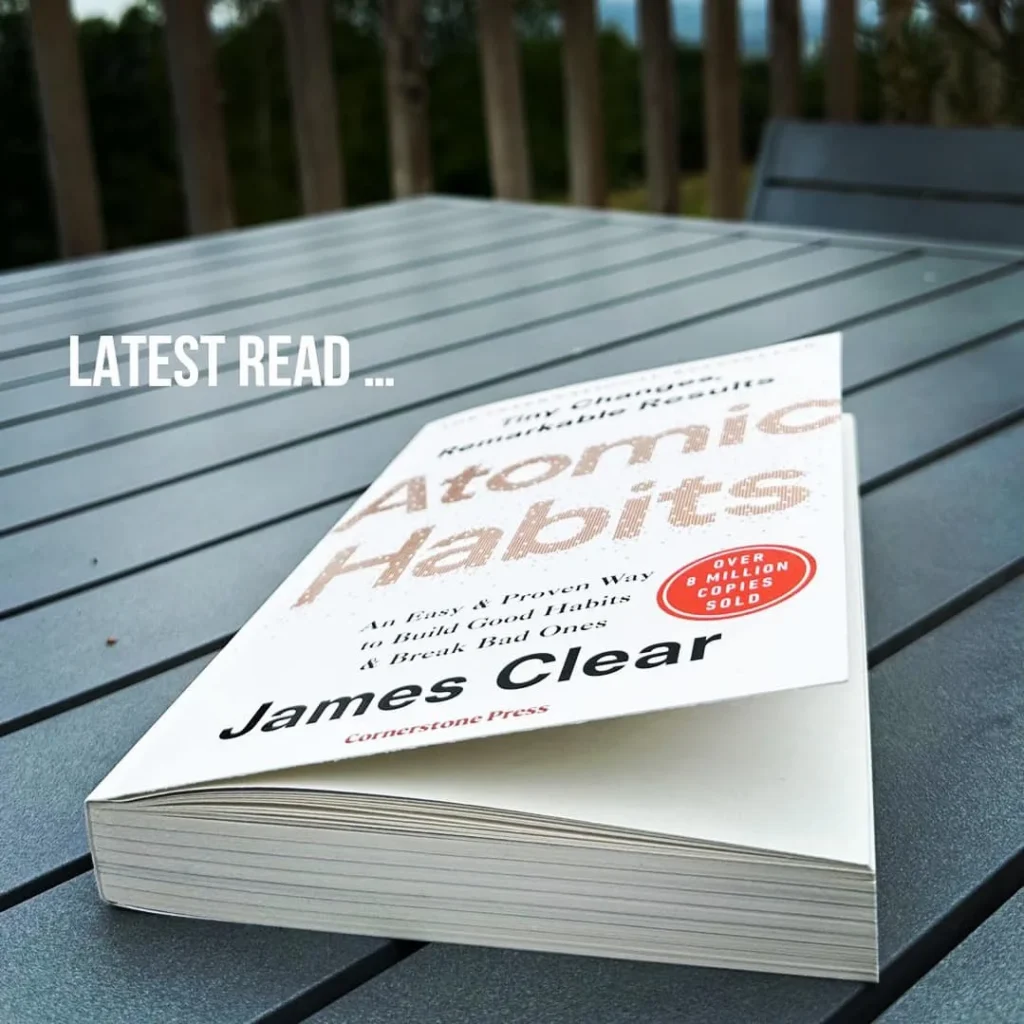Review on Atomic Habits

Atomic Habits by James Clear has received widespread acclaim for its practical, science-backed approach to habit formation. Here’s a roundup of what readers and reviewers are saying:
🌟 Overall Reception
Goodreads Rating: 4.33 out of 5, based on over 1.2 million ratings
Global Impact: Over 15 million copies sold worldwide, making it one of the most-read books on Amazon
📚 What People Love About It
Actionable Advice: Clear breaks down habit formation into four simple laws—make it obvious, attractive, easy, and satisfying
Science-Driven: The book draws on psychology, neuroscience, and real-world examples to explain how small changes lead to big results
Relatable Stories: Readers appreciate the anecdotes from Olympic athletes, CEOs, and artists who’ve used these techniques to excel
Easy to Apply: Many reviewers say they were able to implement Clear’s strategies immediately, like habit stacking and the two-minute rule
🧠 Key Takeaways
You don’t rise to the level of your goals—you fall to the level of your systems
Tiny changes, or “atomic habits,” compound over time to create significant transformation
Environment design and identity-based habits are crucial for long-term success
💬 Reflections
One reviewer from The Independent said the book “changed the course of my year,” helping them stick to a daily yoga habit by applying Clear’s principles
Another review praised it as “a practical handbook for personal change and growth,” emphasizing how even small tweaks can revolutionize your life
If you’re looking for a book that’s both motivational and methodical, Atomic Habits might just be your next game-changer. Want help applying its ideas to your own goals?
James Clear’s Atomic Habits is packed with strategies that help you build good habits, break bad ones, and master the tiny behaviors that lead to remarkable results. Here are the standout strategies that readers swear by:
🔄 The Four Laws of Behavior Change
These form the backbone of the book’s habit-building framework:
| Law | To Build a Good Habit | To Break a Bad Habit |
|---|---|---|
| 1. Make it Obvious | Use visual cues and habit stacking | Remove triggers from your environment |
| 2. Make it Attractive | Pair habits with something enjoyable | Reframe the habit to highlight its downsides |
| 3. Make it Easy | Reduce friction and use the two-minute rule | Increase friction and make it harder to do |
| 4. Make it Satisfying | Use immediate rewards and tracking | Remove the reward or add a consequence |
🧠 Identity-Based Habits
Instead of focusing on outcomes, Clear suggests starting with identity:
Ask: “Who do I want to become?” not “What do I want to achieve?”
Example: Instead of “I want to run a marathon,” say “I’m a runner.” This shift makes habits stick because they align with your self-image.
⏱️ The Two-Minute Rule
Make new habits so easy they take less than two minutes to start:
Want to read more? Just open the book.
Want to exercise? Put on your workout clothes.
This lowers the barrier to entry and builds momentum.
📚 Habit Stacking
Link a new habit to an existing one:
“After I brush my teeth, I’ll meditate for one minute.”
This leverages existing routines to anchor new behaviors.
🧩 Environment Design
Your surroundings shape your behavior more than motivation does:
Want to eat healthier? Keep fruit on the counter.
Want to stop scrolling? Keep your phone in another room.
Design your space to make good habits easier and bad ones harder.
📈 Focus on Systems, Not Goals
Goals are the results; systems are the processes:
Clear argues that winners and losers often have the same goals.
What separates them is the system they follow daily.